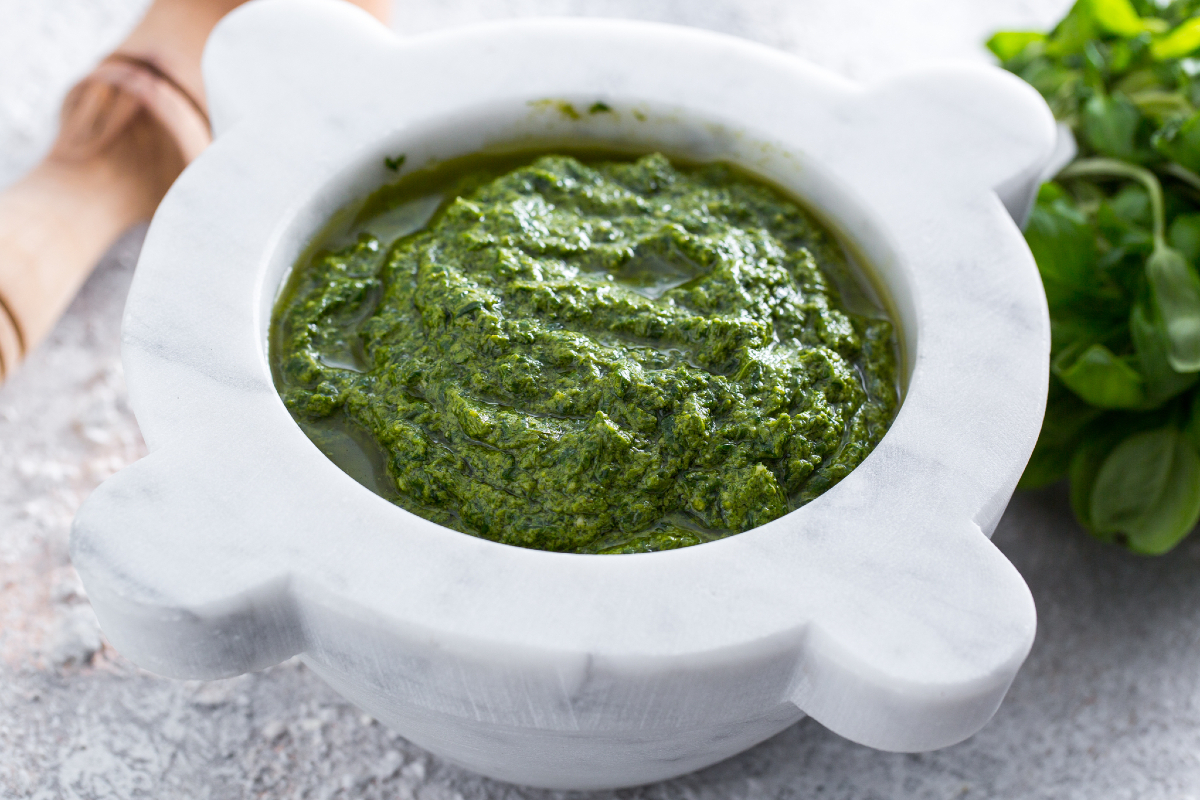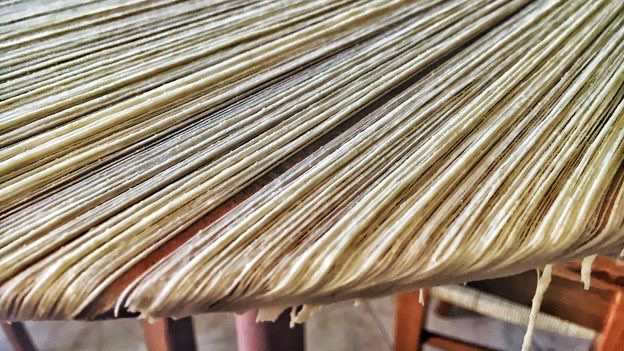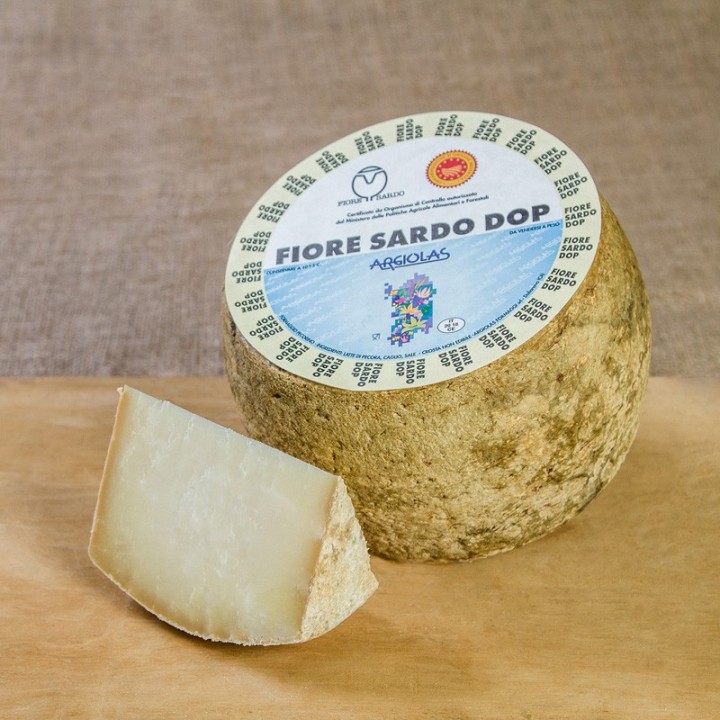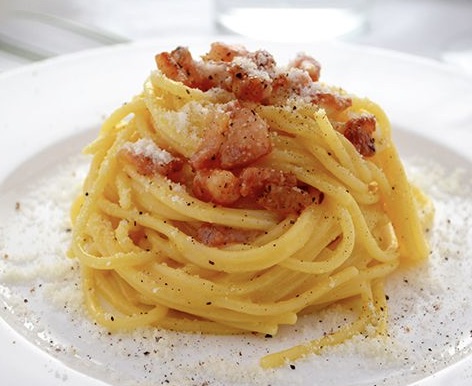The ancient roots of Pesto
Something so simple, yet so delicious: pesto alla genovese (or Genoese style pesto). When most people make it (or buy it), it isn’t often that they think about the fact that it’s a food that goes back to the ancient world.
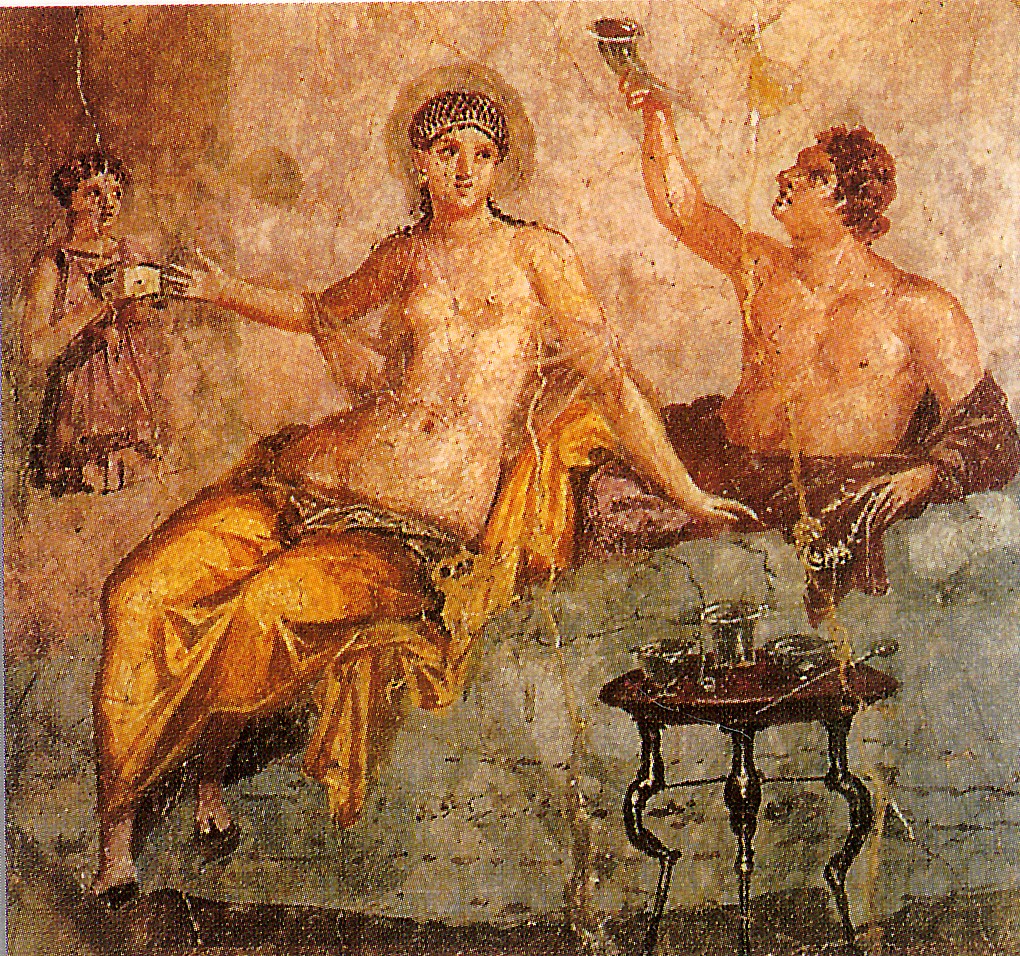
We go back to Ancient Rome when moretum was commonly prepared. The Ancient Romans used to make a paste with cheese, pine nuts, and herbs (of course not basil because it hadn’t yet been introduced from the East). This predecessor to what we know as pesto was a staple of Ancient Roman cuisine and was most likely spread on flat bread.
As time passed, the Ancient world slowly turned into the Middle Ages, and the city of Genova was considered a maritime republic that controlled a lot of the trade that was entering and exiting Europe. The Ancient Roman moretum turned into agliata, which was a paste made with walnuts and garlic. Garlic was used because sailors thought it could prevent illness during long periods of sailing.
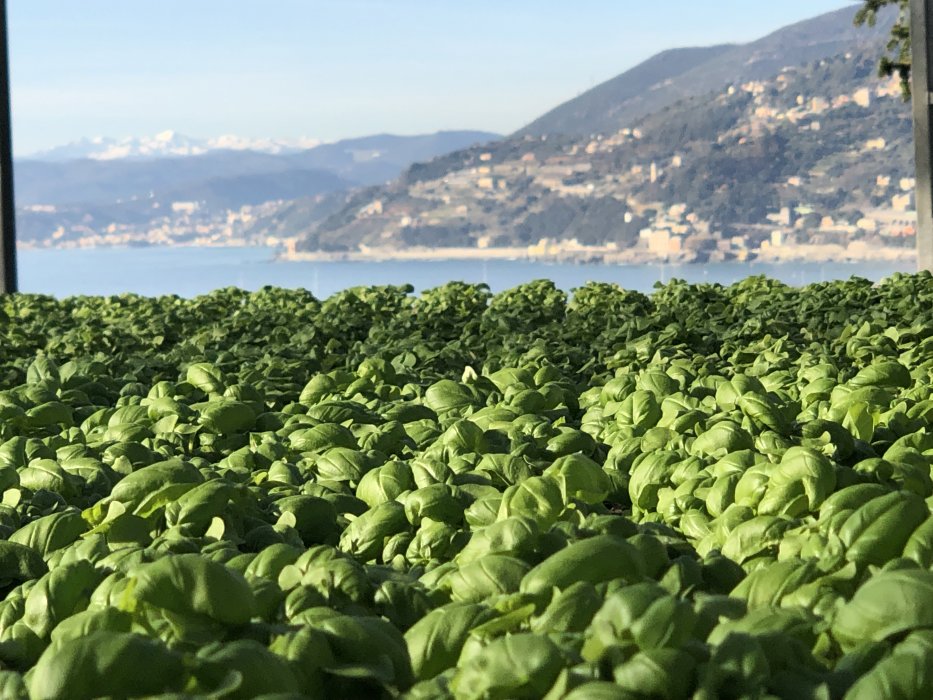
Basil was introduced to Europe in the 16th century, however it wasn’t until the 19th century that we get the Genoese pesto that we know today. In fact, basil has been growing in the Ligurian provinces of Genova, Savona, and Imperia, and is considered a PDO product.
The word pesto comes from the Italian verb pestare, which means to crush. Traditional Pesto alla genovese (Pesto Genoese style) is made in a marble mortar, where the small, tender Genoese basil leaves are ground together with garlic, pine nuts, coarse salt, extra virgin olive oil, Parmigiano Reggiano, and Pecorino Sardo.
The ancient roots of pesto!
Tweet

